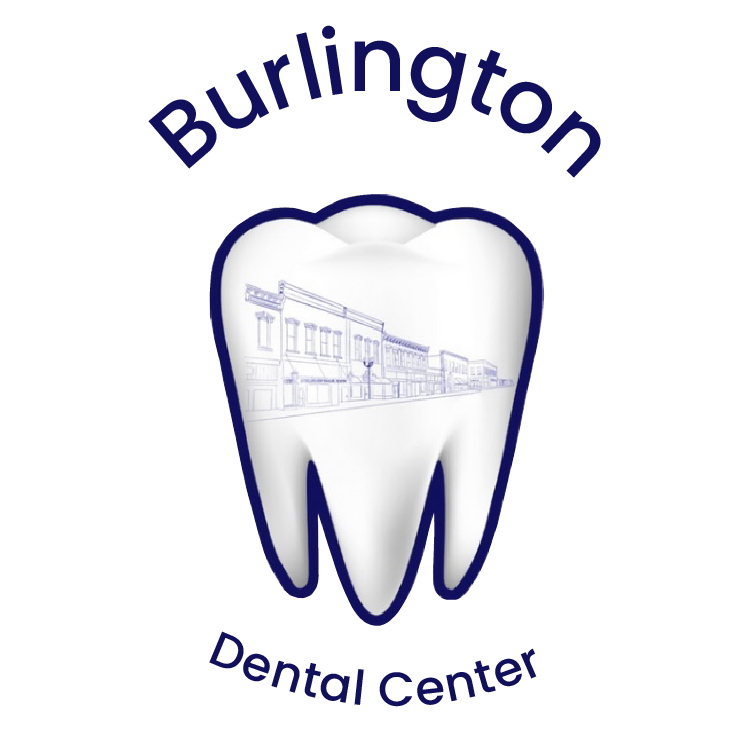
D2952 vs D2954 Dental Codes
D2952 is used for an indirectly-fabricated cast post and core in addition to a crown (a custom post for precise fit and maximum retention).
D2954 involves a prefabricated post and core in addition to a crown (which is less customized but quicker and often more cost-effective to place).
Understanding Dental Codes D2952 vs. D2954
CDT codes D2952 and D2954 are specific to certain types of dental restorations that involve post and core procedures. These CDT codes are often confused with one another, as well as commonly being incorrectly billed as D2950, which refers to core buildups without a post.
This article will clarify the distinctions and appropriate uses of each code and discuss important considerations for proper billing and insurance claims.
D2950: Core Buildup, Including Any Pins
Description: D2950 covers the placement of a core buildup that is used to reconstruct sufficient tooth structure for future restoration with a crown when there is not enough tooth remaining to support the restoration. This code is applicable whether pins are used or not.
Use Case: Appropriate when significant amounts of a tooth’s structure are missing due to decay or fracture, but there has been no root canal therapy provided and thus a post cannot be placed into the pulp chamber.
D2952: Cast Post and Core in Addition to Crown
Description: This code is used when a cast post and core are required after root canal therapy to ensure adequate support for a crown, especially when the remaining tooth structure is insufficient. The post is custom-fabricated to fit the specific dimensions of the prepared root canal.
Use Case: Ideal for teeth that have undergone extensive structural loss and where additional retention is necessary beyond what a simple core buildup could provide. The cast post enhances the retention and stability of the core material.
D2954: Prefabricated Post and Core in Addition to Crown
Description: D2954 involves the use of a prefabricated post which is inserted into a root canal treated tooth, with a core built around it to provide adequate structure for a crown.
Use Case: Used when the tooth’s structure is severely compromised. Prefabricated posts provide a quicker and often more cost-effective solution than custom cast posts, but they might not fit as precisely as cast posts.
Comparison & Considerations
Root Canal Therapy Requirement: Both D2952 and D2954 require that adequate root canal therapy (RCT) has been completed, as these procedures involve placing posts within the root canal space. Radiographs and a narrative of medical necessity may be required to justify these treatments and receive insurance reimbursement.
Core Buildup vs. Post and Core: While D2950 is appropriate for building up a tooth to retain a crown, D2952 and D2954 are necessary when the tooth is endodontically treated and requires a post and core for crown retention. Choosing between a cast post (D2952) and a prefabricated post (D2954) depends on the clinical situation and the need for custom fitting.
Insurance Coverage: Obtaining insurance coverage for D2952 and D2954 can be challenging and usually requires proof of the medical necessity of a post. Insurance carriers often request detailed documentation, including pre- and post-treatment radiographs and a clear narrative explaining why a post and core is necessary rather than simply a regular crown.
Insurance Denial — Common Reasons
Submitting a claim for D2952 or D2954 can sometimes be met with insurance denials if specific documentation and criteria are not met. Here are some key considerations:
Pre-operative Radiographs: Insurance providers often require pre-operative radiographs showing the extent of the tooth's damage before approving claims for D2952 or D2954. Without this documentation, claims may be denied.
Narrative of Medical Necessity: Including a narrative detailing the necessity of the procedure can strengthen insurance claims. The narrative should explain why a post and core are essential for restoring the tooth's functionality and why alternative treatments, such as a crown alone, are not viable options.
Tooth Condition: Insurance companies may require evidence that the tooth's structure is compromised beyond a certain threshold, typically exceeding 50%, to justify the need for a post and core. This evidence can be provided through clinical documentation, such as radiographs and photographs, along with the dentist's assessment.
Meeting these documentation requirements is crucial for increasing the likelihood of insurance approval for D2952 or D2954 procedures. Dental providers should ensure thorough documentation and justification to support the necessity of the treatment and maximize insurance reimbursement.
Final Thoughts
D2952 and D2954 are essential codes for dental restorations involving posts and cores and are particularly relevant following root canal treatments.
D2954 is used for pre-fabricated posts that are adjusted and cemented chairside.
D2952 is used for lab-fabricated custom posts which are cemented at a later visit.
These codes should be used correctly, with thorough documentation to ensure compliance and facilitate insurance claims. Understanding when to use each of these codes, along with D2950, helps dental professionals provide accurate, effective, and financially feasible treatment options to their patients.
* Though the author of this post is a licensed dentist in the state of Kansas, this information is provided for informational and educational purposes only. Please use your best judgment and contact emergency medical services in the event of an emergency.
